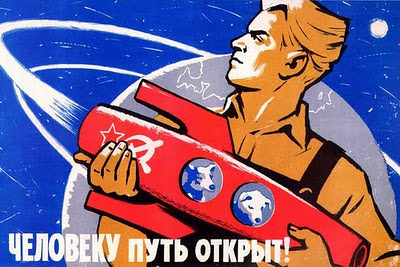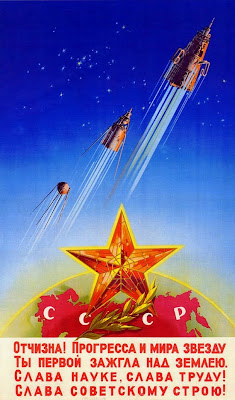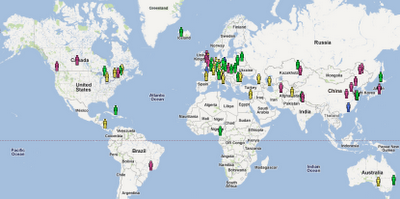Okay, back to Astronaut trivia! While researching my new Space Map series, I read the profiles of all 522 space travelers from 51 nations, and linked to their profiles at their various programs or space agencies.
Along the way, I noticed that some astronauts, in addition to government biographies, had their own web sites. However, it was not as many as I would have thought! I found 44 total, but would love to hear from anyone who may know others.
A few other space sites have older lists, but most are incomplete or out-of-date in terms of those sites that no longer exist. So here is the most updated listing I could compile:
Buzz Aldrin http://buzzaldrin.com/
William Anders http://www.heritageflight.org/content/
Jerome Apt http://www.orbitexperience.com/
Alan Bean http://www.alanbeangallery.com/
Roberta Bondar http://www.robertabondar.com/
Fernando Caldiero http://www.frankcaldeiro.com.ar/
Duane Carey http://www.astronautbiker.com/
*Award for Awesomest Domain Name
Scott Carpenter http://www.scottcarpenter.com/
Gene Cernan http://marklarson.com/genecernan/
Franklin Chang-Diaz http://franklinchangdiaz.com/
Leroy Chiao http://leroychiao.blogspot.com/
Pete Conrad http://www.peteconrad.org/
Walter Cunningham http://www.waltercunningham.com/
Charles Duke http://www.charlieduke.net/
Ron Garan http://fragileoasis.org/
John Glenn http://www.johnglennhome.org/
Richard Gordon http://www.dickgordon.com/
Umberto Guidoni http://www.umbertoguidoni.eu/
Miroslaw Hermazewski http://hermaszewski.com/
John Herrington http://www.rocketrek.com/
Jose Hernandez http://www.astrojh.com/
Thomas Jones http://home.comcast.net/~skywalking/
James Lovell http://www.lovellsoflakeforest.com/
*Okay, this one is a restaurant, a little off-theme...
Ed Lu http://www.edlu.com/
Yuri Malenchenko http://www.yurimalenchenko.com/
Franco Malerba http://www.francomalerba.it/
Edgar Mitchell http://www.edmitchellapollo14.com/
Mike Mullane http://www.mikemullane.com/
Story Musgrave http://www.storymusgrave.com/
William Nelson http://billnelson.senate.gov/
William Oefelein http://www.adventurewrite.com/
Greg Olsen http://ghoventures.com/bio.aspx/
Scott Parazynski http://www.parazynski.com/
William Pogue http://www.williampogue.com/
Dumitru Dorin Prunariu http://www.prunariu.org/
Vladimír Remek http://www.vladimirremek.cz/
Sally Ride http://www.sallyridecamps.com/
Wally Schirra http://www.wallyschirra.com/
Rusty Schweickart http://www.well.com/user/rs/index.html/
Rick Searfoss http://www.astronautspeaker.com/
Deke Slayton http://www.dekeslaytonmuseum.com/
Thomas Stafford http://www.staffordmuseum.com/
Franz Viehböck http://www.franzviehboeck.com/
Edward White http://www.cmgww.com/historic/white/index.php/
Al Worden http://www.alworden.com/
John Young http://www.johnwyoung.org/main/jy1.htm/



































































































